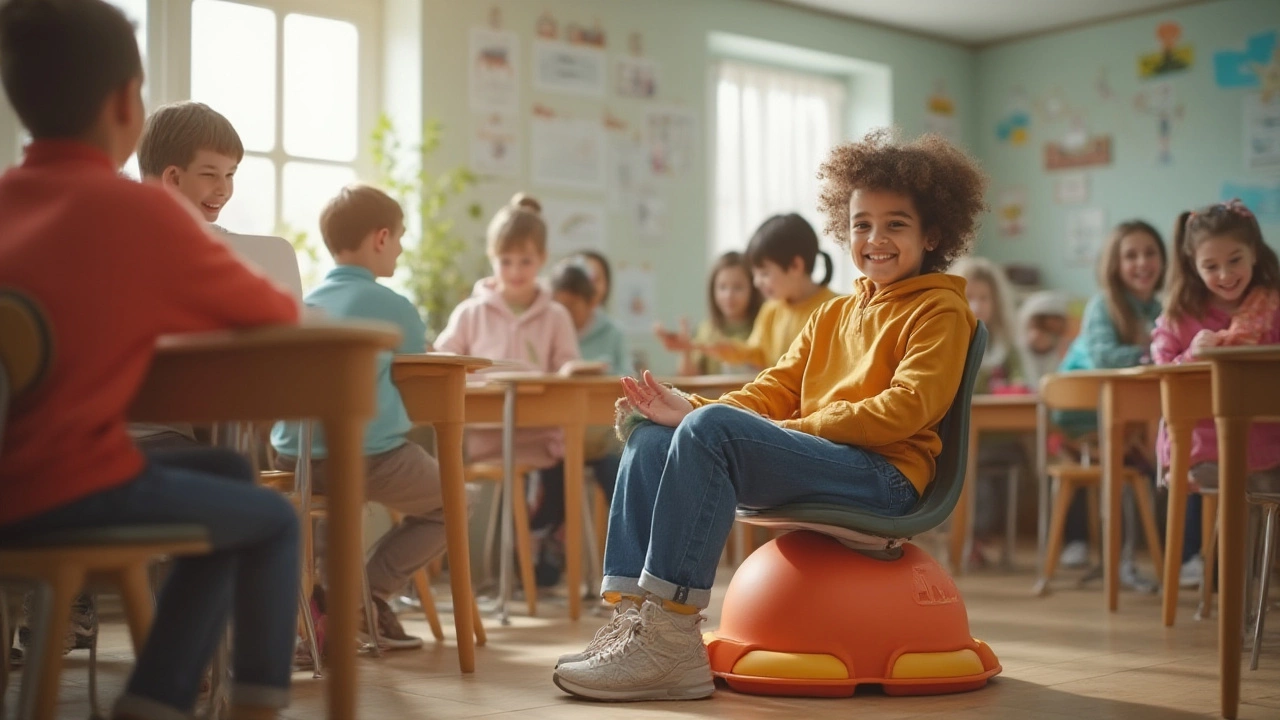Smart Classroom Seating that Keeps Kids Focused
When you walk into a room with cramped, hard chairs, you can feel the tension right away. Swapping those for smart seating doesn’t have to be a big gamble. With a few thoughtful choices you can create a space where students sit comfortably, stay on task and even enjoy learning.
Pick Seats That Match the Activities
Start by listing the main activities in your class – lecture, group work, reading, and projects. For whole‑class talks, a sturdy desk‑chair with a backrest works well. For group work, consider lightweight stackable chairs or stools that can be moved around quickly. Some teachers love flexible seating options like wobble chairs, floor cushions or standing desks for short bursts of activity.
Ergonomic features matter, too. Look for chairs with a slight lumbar curve and adjustable height. Kids grow fast, so a seat that can be raised or lowered saves you money in the long run.
Arrange Zones for Easy Flow
Once you have the right chairs, think about layout. A simple U‑shape lets the teacher see every student while still allowing groups to break off. If space is tight, try a “clusters” layout: small tables with two or three chairs each, spaced just enough for easy movement.
Leave a clear path between zones. A 3‑foot aisle is enough for most classrooms and helps avoid accidental bumps. When you can see the whole room at a glance, behavior issues often drop.
Don’t forget storage. Stackable chairs can be tucked away in a corner when you need extra floor space for activities like yoga or art projects. A low bench at the back serves as both seating and a place to put backpacks.
Budget-friendly options are plenty. Many suppliers offer bulk discounts on plastic chairs that meet safety standards. Reclaimed wood benches add a rustic feel without breaking the bank, especially if you’re into sustainable choices.
Finally, involve the kids. Let them vote on a few seat styles or arrange a “test day” with a mix of chairs. When students feel they had a say, they’re more likely to treat the furniture with care.
In short, good classroom seating isn’t about fancy designer pieces. It’s about matching seats to tasks, keeping the room flexible and making sure every kid can sit comfortably without straining. Try swapping one row of chairs for a flexible option and watch the difference in focus and mood.
Ready to revamp your classroom? Start small, measure the impact, and expand from there. Your students (and your back) will thank you.
ADHD Chairs: Guide for Focus, Comfort, and Better Seating
Wondering what an ADHD chair is? Spot the difference between regular and focus chairs, learn how ADHD chairs can help movement, comfort, and concentration for all ages.
More
